Ben Cantrell is calmly reeling in a fish when suddenly he breaks into a childlike grin. He almost trips as he steps back, and his calmness dissolves into unabashed excitement.
“Goldeye!” he exclaims. “Lifer!”
The goldeye is the 296th fish species Cantrell has caught on hook and line. It’s an astounding number, difficult to comprehend even for someone who has been fishing since childhood. Cantrell, still under 30, has been fishing seriously for only five years or so.
But he’s a prominent part of a growing subculture: anglers who keep lists of species
caught, much like birders tick species seen. They call themselves various names: life listers, species fishers, rough fishers.
For them, the thrill of angling lies not in the size of the fish, but in its species. It is a realm where field guides matter as much as fishing rods, where fishing stories include identifying species of redhorse and sunfish and darter.
It involves dangling tiny, tiny hooks in front of minnows, and casting huge chunks of meat for river monsters – sometimes in the same day. Sometimes at the same time.
Fishing and identifying wildlife species are two of my favorite things – and have been since childhood. But generally, they have always been two separate activities. When I started reading about anglers combining the two activities into one, I knew I had to find out more.
And then Cantrell invited me to join him for a weekend of species seeking near his home in central Illinois. How could I resist?
Beyond Bass and Trout
I’ve long considered myself a naturalist with a fly rod. I care little about gear or fish size. I live for the pursuit of beautiful fish in beautiful places. And for the past 15 years, that has largely meant fly fishing for trout.
That pursuit can give a curious naturalist plenty of material. Learning the aquatic invertebrates that trout feed on is a lifetime task. Mayfly hatches are a stunning natural phenomenon often as interesting as the fish themselves. Learning to “read water” requires an immersion – literally – into aquatic habitats.
But I admit that in my fishing focus I often didn’t notice a key element of streams: other fish.
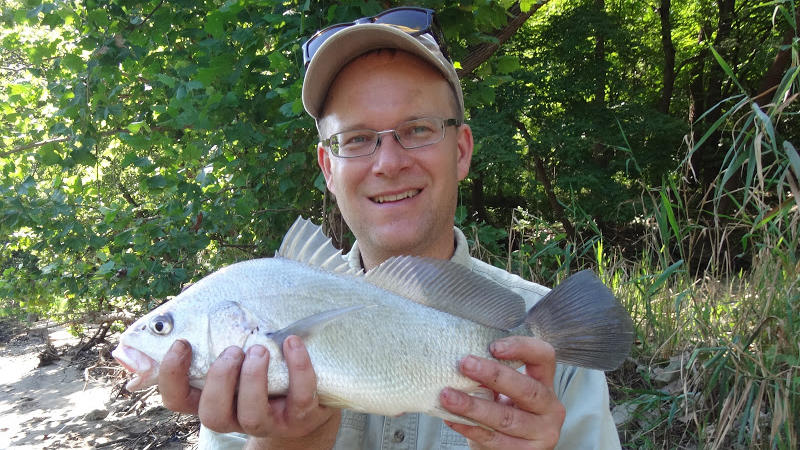
As I looked more closely, I couldn’t help but notice other cool fish swimming about – fish like suckers. That led me to expand my angling horizons. I found that many other anglers didn’t share this curiosity, too often persecuting these so-called “trash fish.” They brought preconceived notions to the stream, and perpetuated fishy myths. Even many conservation-minded fishers considered “rough” fish beneath their dignity.
What if anglers embraced the full range of fish diversity, I wondered. It turns out, I was way behind on this. Far from the blue-ribbon trout streams, another kind of angler worked – the species angler in pursuit of life lists. They were not content to just focus on bass, trout and walleye – how boring! No, they wanted to catch…everything.
And that’s apparent the minute I pull into the parking lot of Illinois’ Starved Rock State
Park and meet Cantrell. He immediately begins reeling the options: cast a jig for white bass, or put some bait on the bottom for catfish and drum, or cast a tiny hook for gobies, or…
He settles into his fishing rhythm and begins telling me of his own path to life listing. Unlike many avid anglers, he was not smitten by fishing as a child. Sure, he’d go out occasionally, but it was a diversion. Nothing more.
As a graduate student at the University of Wisconsin, he was surrounded by lakes and great fishing, and started going out more. But just targeting walleyes on every outing didn’t quite fit his personality.
“I admit it. I’m obsessive by nature,” Cantrell says. “I think it runs in my family. When I get into a hobby, I get really into it.”
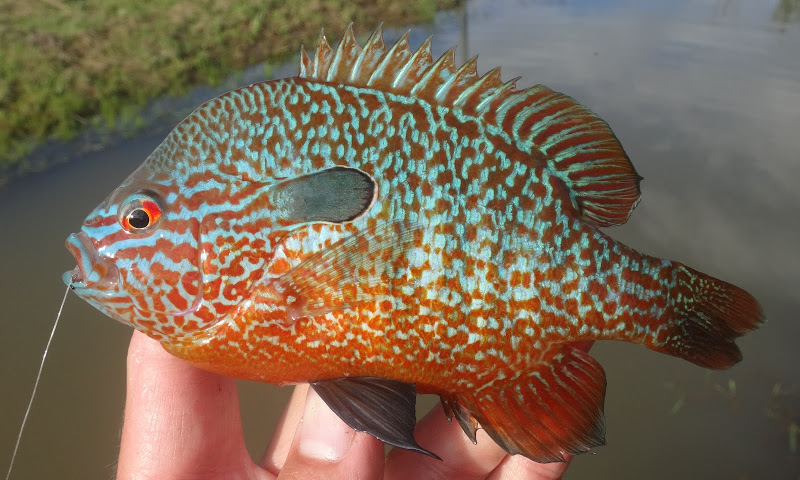
He always loved keeping records, meticulously recording the details. It led him to a career in engineering – he today works as an engineer for Caterpillar. In college, he was a competitive power lifter – a sport demanding a detailed and precise training regime.
That dedication to detail fueled his hobbies, too. “At one point, my big hobby was craft beer,” he says. “I kept track of every kind of beer I’d ever had. My list grew to 1500. Then I started fishing.”
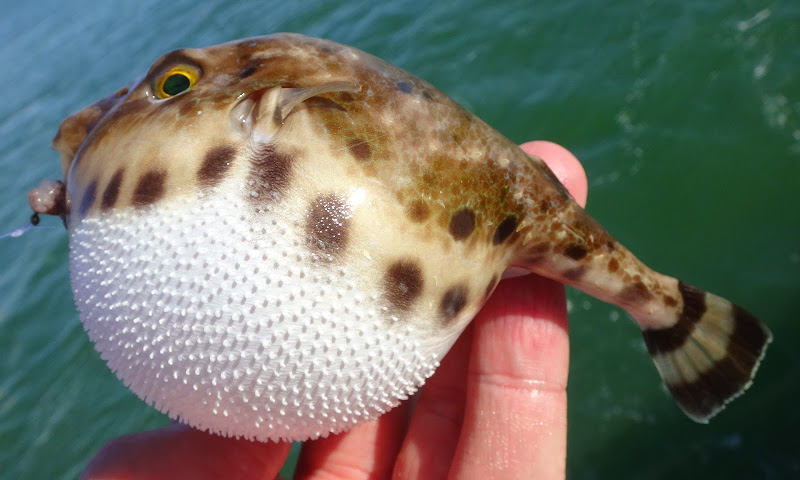
He began noting the species he caught. When he stumbled upon the Rough Fish web site in 2010, he was – pardon the pun – hooked. That site had a feature that allowed members to list their species caught and contains detailed information on catching everything from tiny, knuckle-sized minnows to alligator gar bigger than most humans.
“I suddenly realized all the fish I could be catching,” he says. “I don’t keep track of beer any more. I only have room for one obsession in my life.”
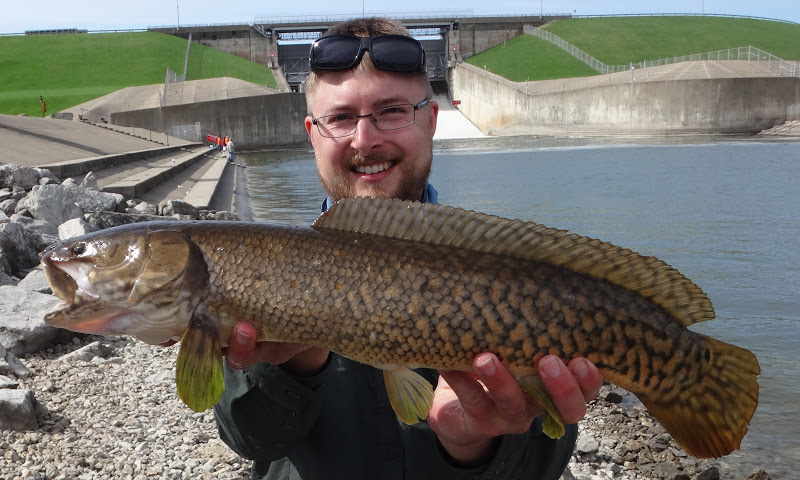
It becomes apparent how much this requires the skills of a biologist. Before he fishes any stream, he studies field guides, reference books and aquatic surveys. He studies the species so he knows what he might catch: many fish actually look quite similar, so adding a new “lifer” could mean counting fin rays or noting subtle color variation.
“The preparation is a big part of the fun,” Cantrell says. “You’re lining up the new species you could catch, and figuring out ways to catch them.”
Starved Rock State Park is not living up to Ben’s expectations. He’s caught some smallmouth and white bass – common catches. I’ve caught a small channel catfish. It’s a nice spot but Cantrell is thinking ahead. “The fishing here isn’t very exciting,” he shrugs. “Tomorrow we could catch some cool stuff.”
A Journey to Garvana
We’re walking along a faint trail in the brush on our way to a place that Cantrell calls “Garvana.” The life listing community is still a small one, and a remarkable number of the subculture’s biggest names have fished here. But this is not famous water. There are no designer-clad fly fishers, no sparkling bass boats.
But among certain aficionados, it has almost legendary status. “I’ve never seen gar stacked up in such high numbers,” says fellow Cool Green Science writer, and gar expert extraordinaire, Solomon David. “They are just stacked there in unbelievable numbers.”
But not today. The river is muddy, the morning is cool and the gar are nowhere to be seen.
Not a problem for the species angler: there’s always something to catch. Cantrell is blur of motion as he prepares rods. I’m used to tying on a fly and focusing on one type of fish for the day. Cantrell is considering all the options.
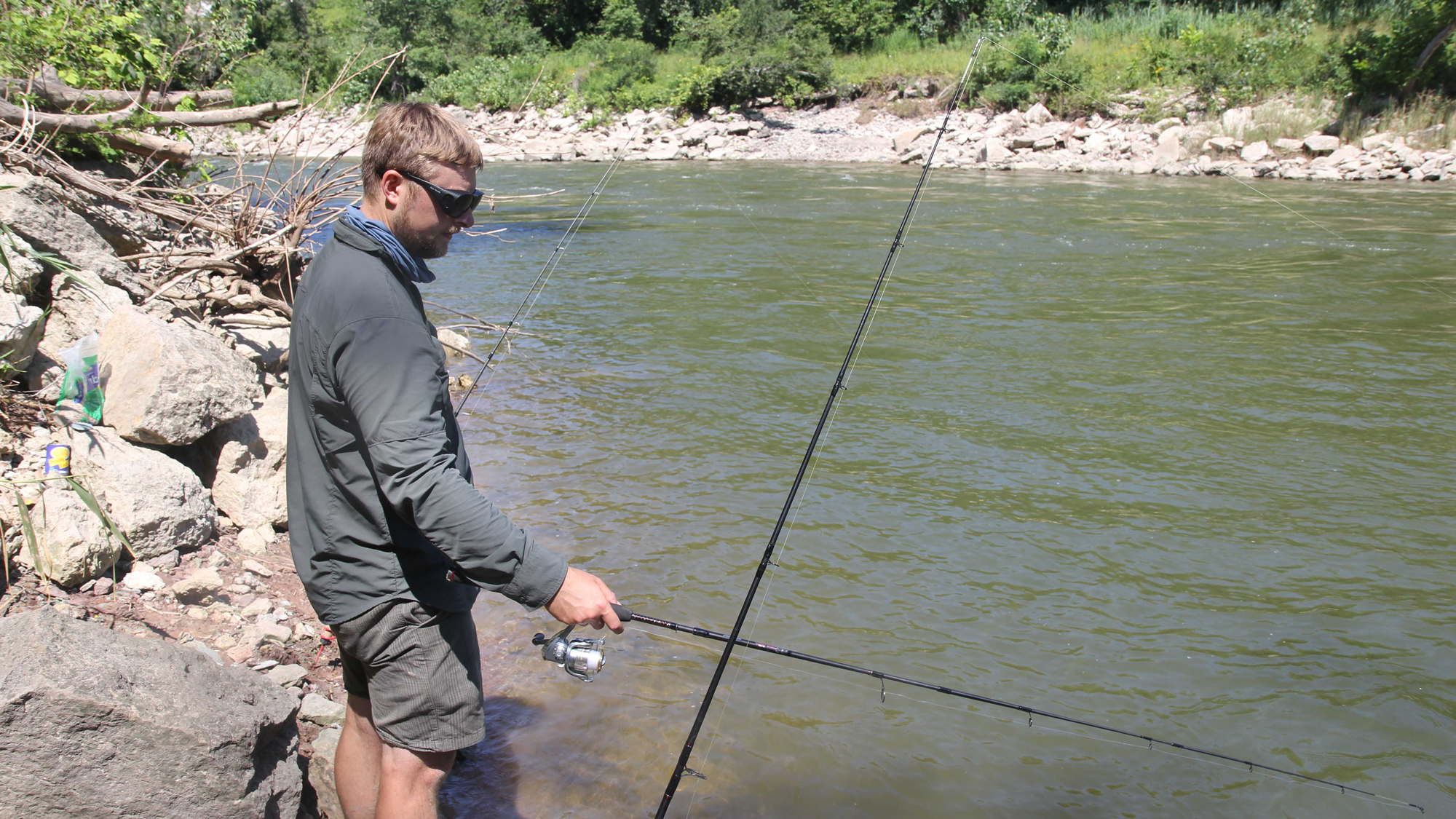
He rigs a couple of rods with nightcrawlers, with heavy weights to keep the bait on the river bottom. He has another rod rigged with a spinning lure. He is tossing in alfalfa pellets to draw in buffalo: a beefy – and wary – sucker species.
Within minutes, my rod bucks over and I’m hard into a freshwater drum – a new species for me but a very common catch in the Midwest. “The first drum is exciting,” says Cantrell. “But they’re as close to a guarantee as you can get in fishing.”
He is apologizing for the lack of gar when his bobber goes underwater. It’s the goldeye: a streamlined fish with, as you might guess, a noticeably golden eye.
He’s bouncing around with excitement, directing me to his camera: he documents each new species with a photo.
After he unhooks the fish, he explains part of the thrill of life listing. “I’ve fished this river a lot, and I can still catch something new here,” he says. “Sometimes I catch something that has not been recorded in a river before.”
Now he’s put down his larger rod and is scanning along the shoreline. He points to some tiny fish. “Sand shiners,” he says casually. “Not very exciting. But they’ll work to show you some microfishing.”
The Heart of the Obsession: The Strange World of Microfishing
I am seeing tiny fish darting around, and all I can think is: Are we really going to fish for them? The biggest one looked under two inches.
“I’ve caught fish a lot smaller than that,” Cantrell says.
Here is the reality of freshwater fish diversity: a lot of the species are really, really small.
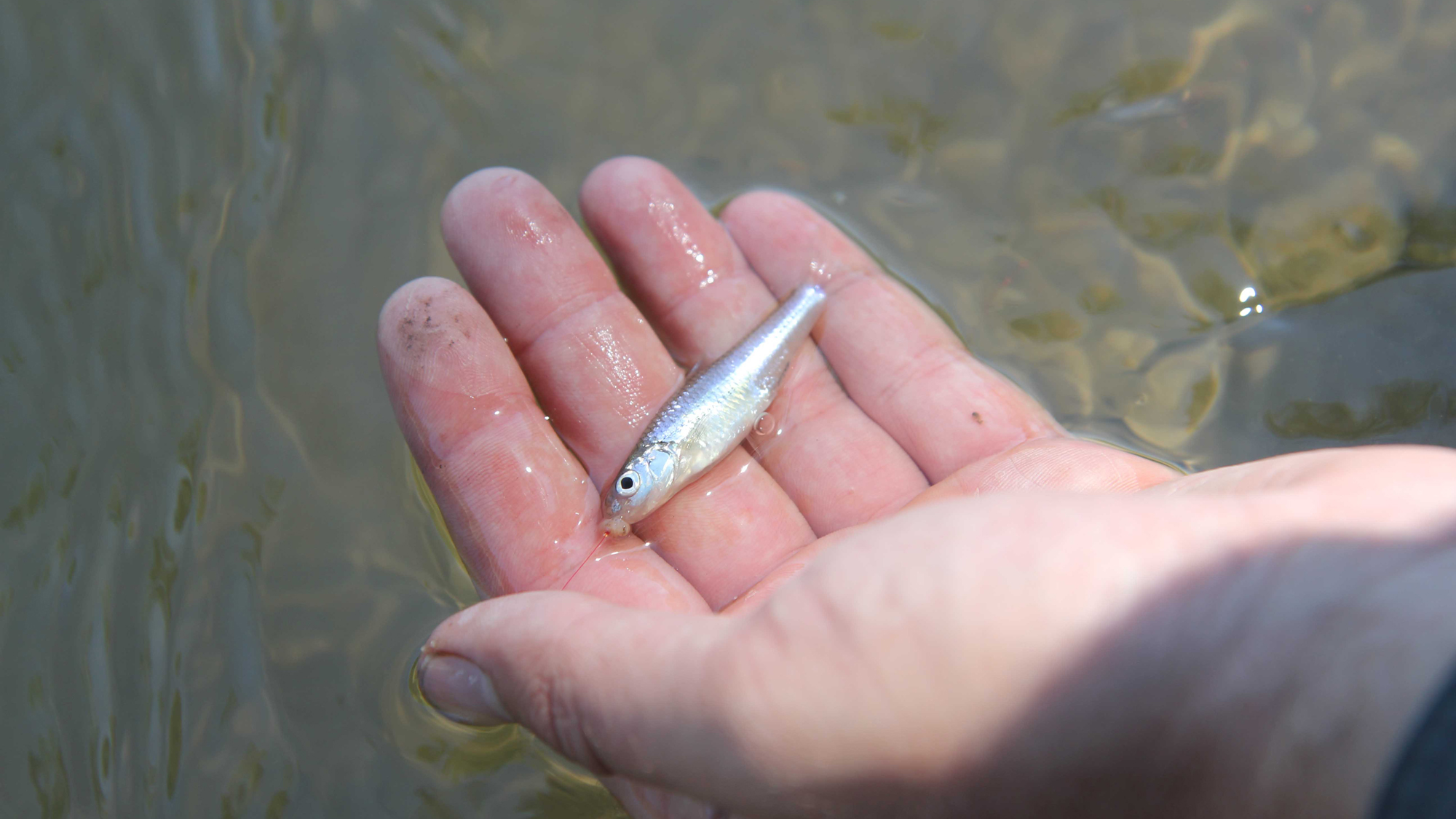
Imagine birding if most of the birds were the size of flies. It might seriously restrict the size of your life list.
Some of these small fish are admittedly almost outrageously beautiful; some of the 60+ species of darters are as colorful as tanagers.
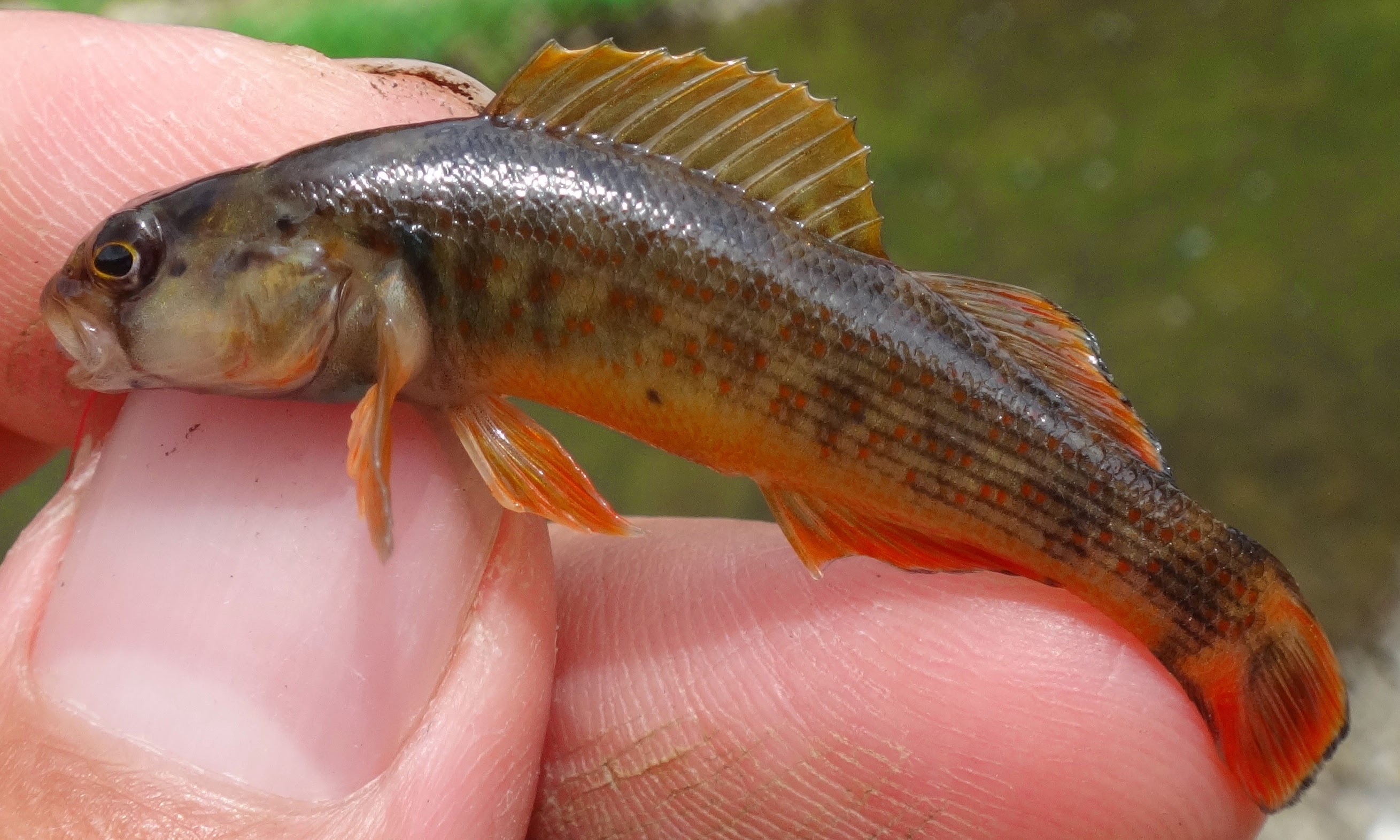
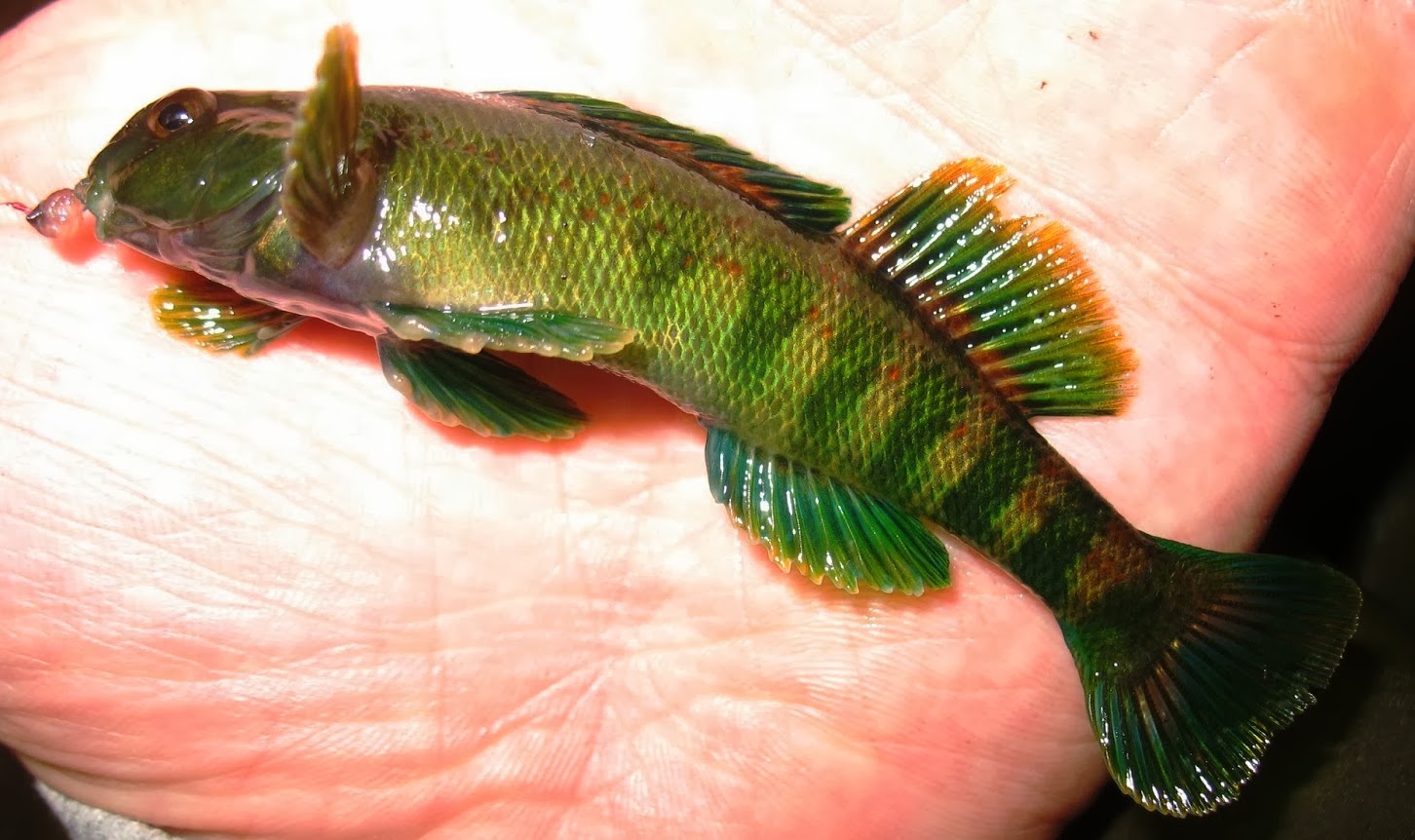
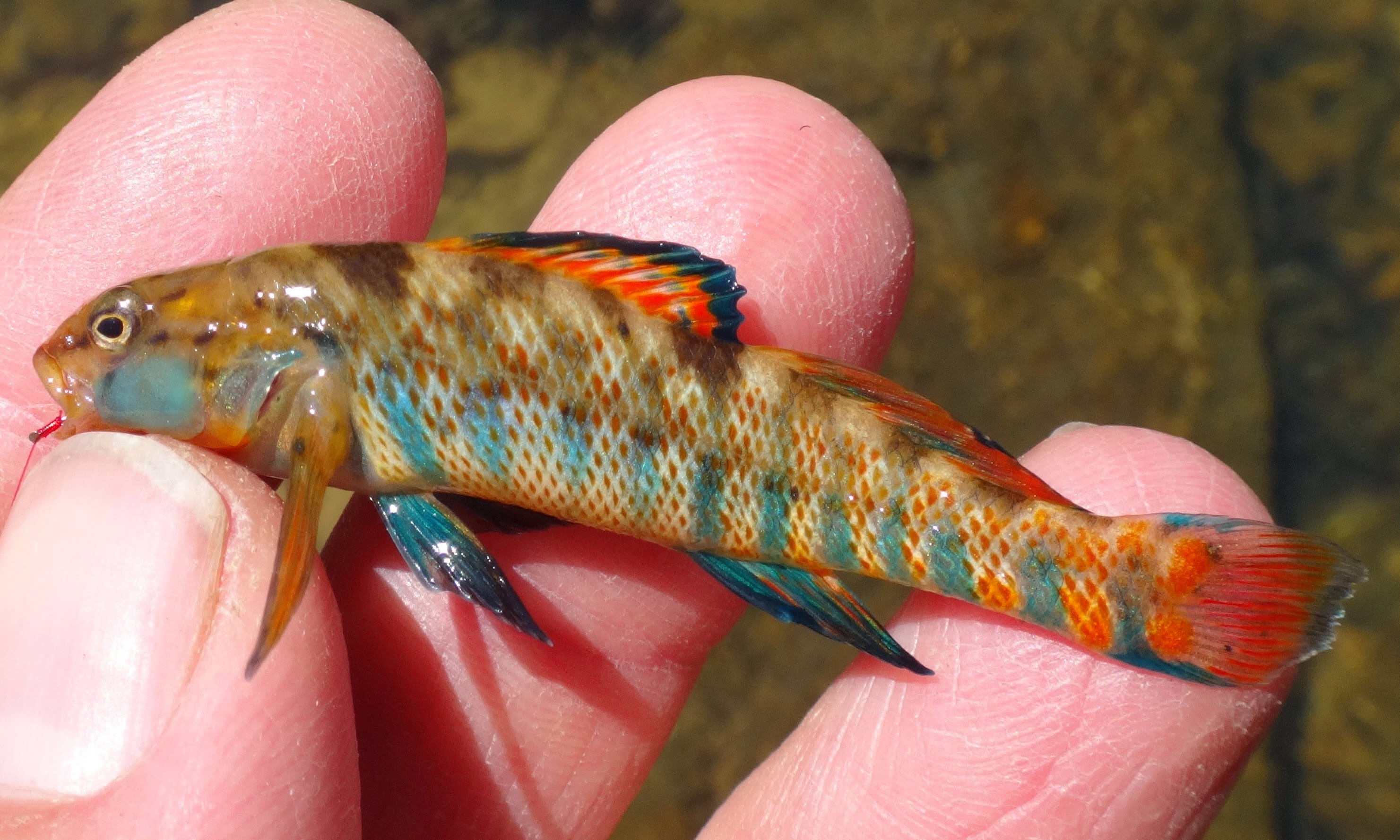
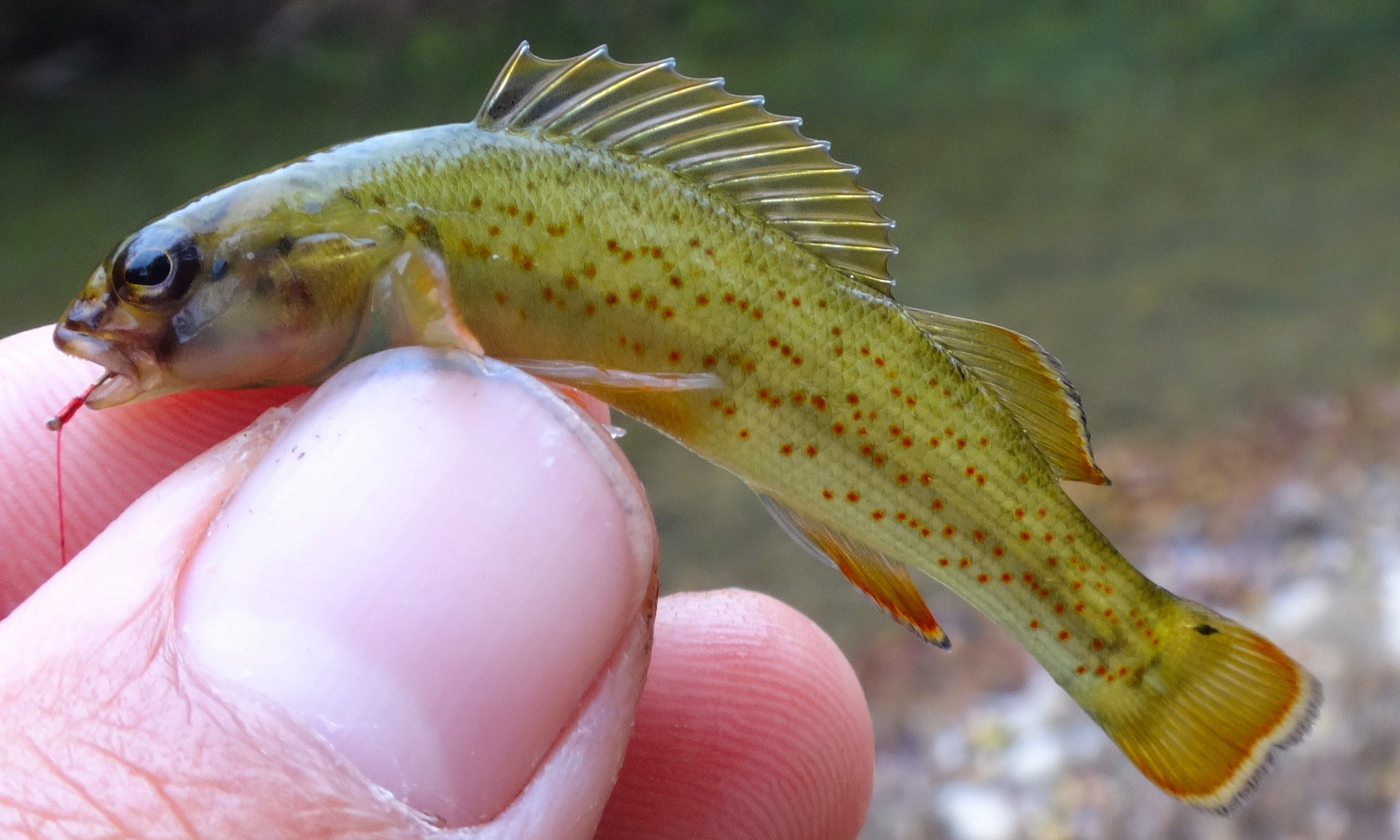
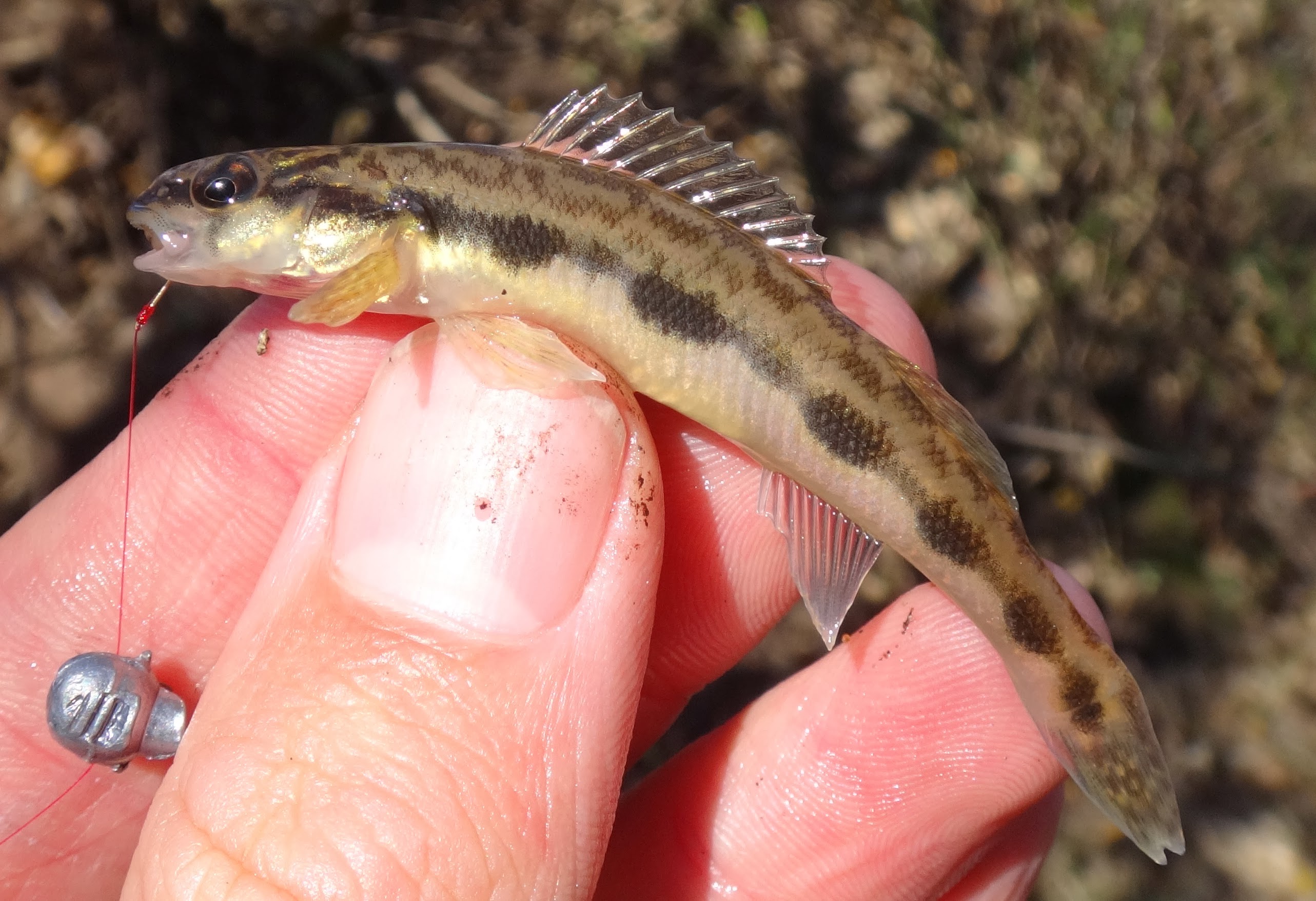
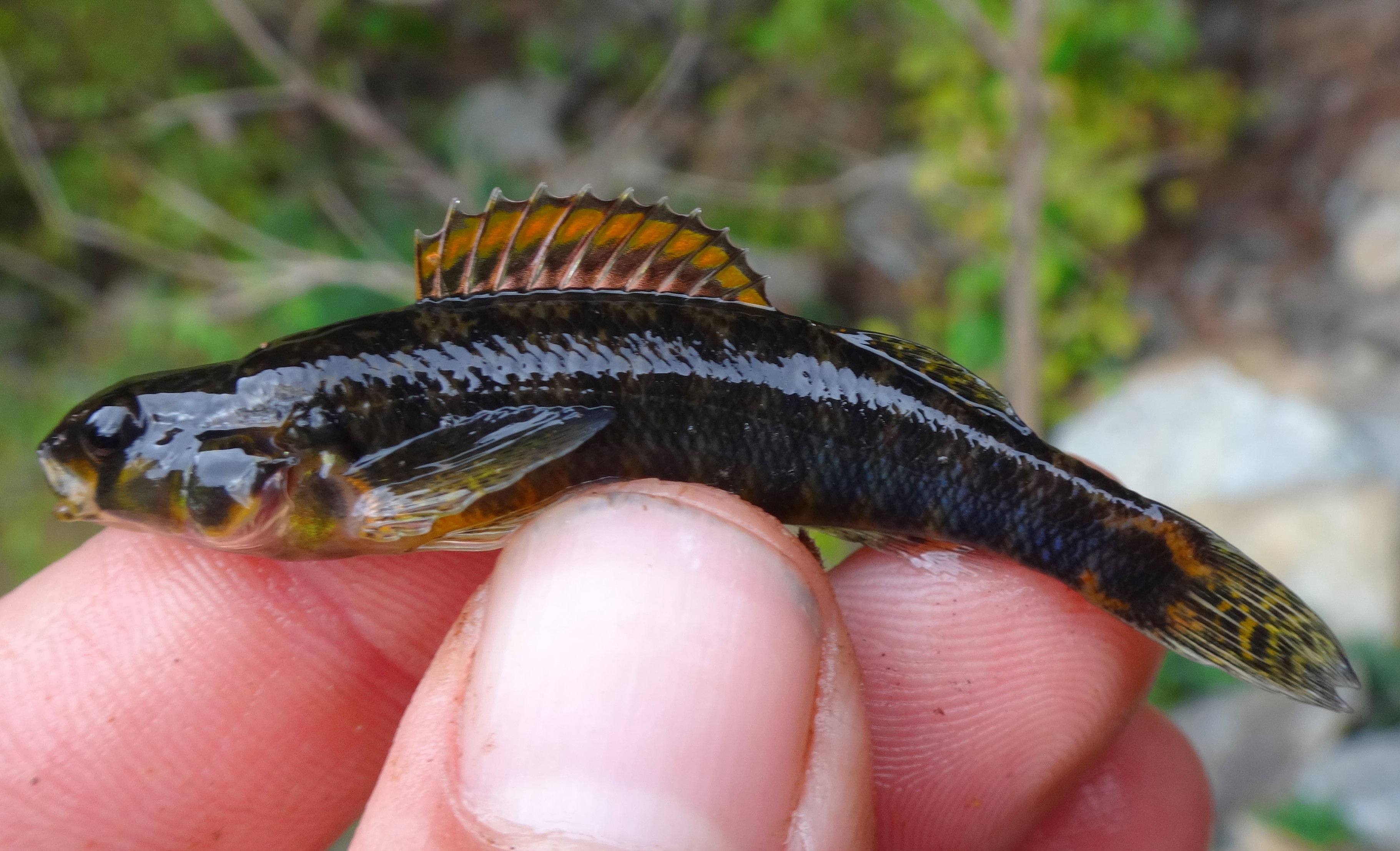
But then there’s the matter of catching them. For Cantrell, his obsession has long ago moved from the realm of microbrews to the realm of microfishing. He is showing me his gear – a hook the size of a 10-font J attached to a wispy thread of light line. I adjust my glasses.
The gear for microfishing – catching tiny fish on tiny gear – originated in Japan, where some anglers try to see how small a fish they can catch.
Cantrell demonstrates the technique. He puts a tiny fleck of worm on the hook and dangles the line into a school of minnows. He stands still, intent upon the miniature world below him.
He looks like a human heron.
And then he jerks the rod. “When a fish strikes, you have to pop the rod,” he says. “The pop is the key.”
He hands me the rod. I am concentrating on minnows – many of them too small to be considered bait. Like the best of outdoor pursuits, nothing else exists but this moment. Nothing but me and the minnows. And yet, there is the vague sense that I am losing my mind.
I see a minnow nip at the hook. I miss it. Another is there in a second. I miss again. And again.
This microfishing is not easy. But after a few minutes, I lift the rod – and there is my sand shiner.
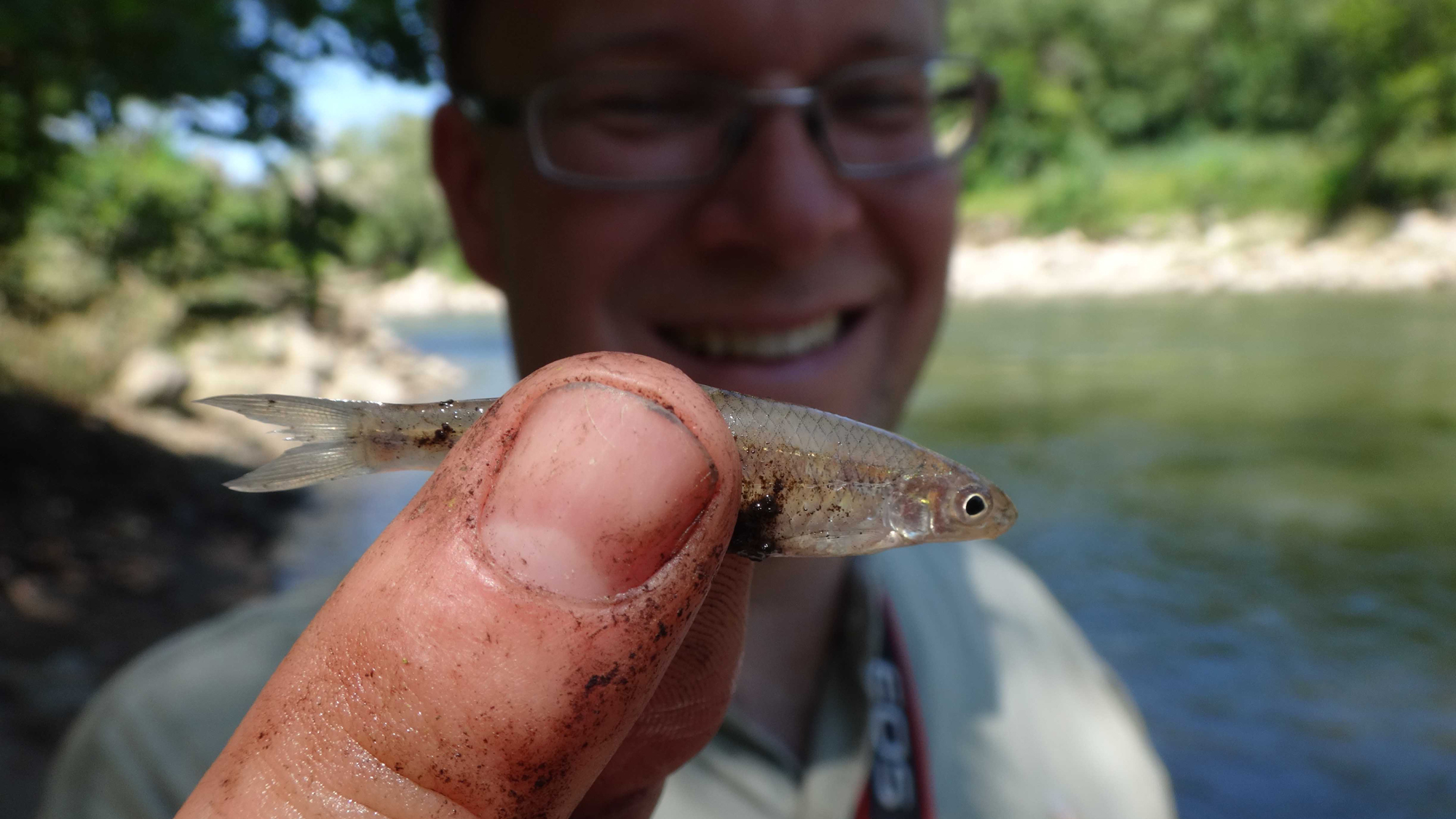
“Your pop is terrible,” says Cantrell with a grin. “But you have a new lifer.”
Blogs of Cantrell’s fishing expeditions, as you might imagine, bear little resemblance to your typical fish stories. They are full of photos of fish that fit, easily, in the palm of his hand. He has caught more than 30 darter species, sometimes moving from one stream to the next to catch different endemics.
Many anglers see this and see a waste of time. Many naturalists will wonder why he couldn’t just snorkel with the fishes and record the species he sees.
But I understand – and love – the thrill of the chase, and here’s a way to combine that thrill with good old-fashioned natural history skills.
And maybe something more: while I understand that life listing of any kind can lead to a self-destructive mania (read Mark Obmascik’s The Big Year and Olivia Gentile’s Life List for birding examples), it can also lead to deeper connections with the natural world.
The fact is, most fish species lack champions. Most anglers do not care about diversity. They care about game fish.
The darters, the suckers, the gar and the shiners need a constituency. Who better than someone who knows their habits, perhaps knows them better than most biologists?
But will all that minnow-seeking lead to fish burnout? “I try to learn new aspects of fishing every year,” says Cantrell. “This year I’m focusing on catching buffalo. I think there is still so much to learn, and so many species to catch.”
And so he goes on, patrolling the streams, rivers, ponds and ditches for new species. Last week, I got a message from him. He just caught species #300: a redtail chub. And he had looked up my home state of Idaho.
Bear Lake, in the southeastern corner of the state, contains fish species found nowhere else on earth. Would I be up for an ice-fishing endemic fest? Ben asks. Stay tuned.
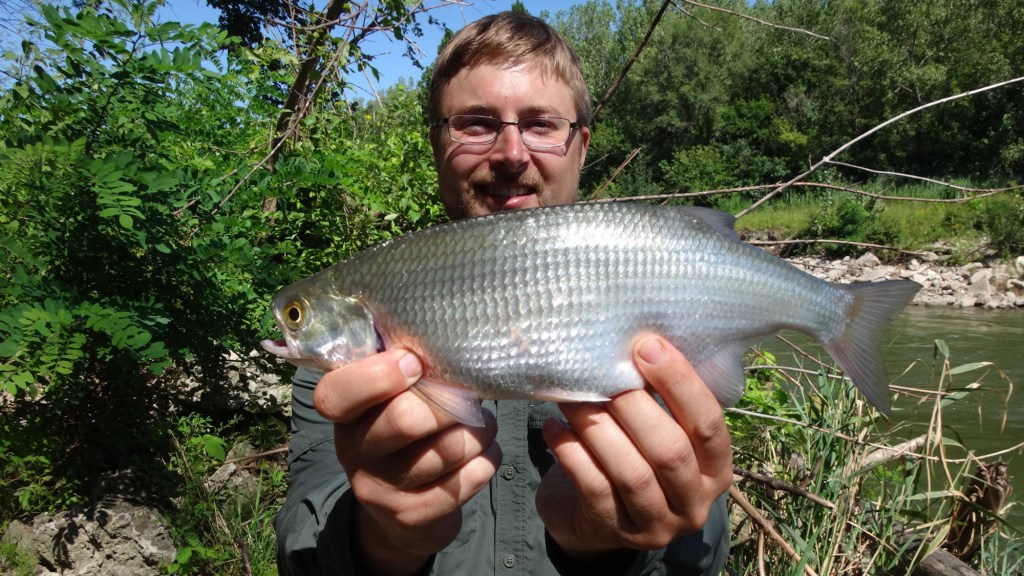



I am very happy read this blog.This Blog is really perfect fishing ever i seen. Here have perfect way to fishing.Here show many fishing method which is helpful info. it is awesome article I thinks it is the best fishing blog. I think it’s carry the best way to perfect fishing. This article is very helpful. I am very satisfied for this blog when i read it. Thanks For Share it.
I think it’s a tropical fish or not. And it is poison
how Beautiful our nature. Nice fishes
How are they keeping track? Is there a software package or app for it?
I think the world is ready for microfishing to go mainstream. Just fishing shows with guys catching minnows for their life lists. And Ben should be the host along with professor fish. They could do trips with ken and change the world. You could call it the Ben Ken Pro Show on the Go.
Excellent article! I have been mixing my angling with underwater photography. I’ve been wanting to do some microfishing and Ben has been the inspiration, along with articles like this.
Hey Matt, nice work on the article, this has been making the rounds.
Dave and I (the Fish Nerds) started out species fishing, we caught and ate every kind of freshwater fish in NH. After completing the quest we launched our podcast http://www.fishnerds.com we want to interview Ben Cantrell but are having trouble finding his email… any chance you can connect us?
Clay
Great job I had never heard of this type of listing before.
Being a “bit” obsessive myself I stay away from lists. I just take photos … but of course with that cataloging in Light Room there are keywords and keyword “lists” 🙂
And my brother-in-law and I kept a record of every stream and lake we caught fish in on a backpacking trip and the drive coming and going once.
Bummer that he will only see Bear Lake with ice on it.
What a great article! It’s not the fish it’s the pursuit that matters.